Atta ants in attack: investigating the relationship between body size and aggression in Atta sexdens
In the article “Small workers are more persistent fighters than soldiers in the highly polymorphic Atta leaf-cutting ants” published in Animal Behaviour, Lohan Valadares, Fabio S. Nascimento, and Nicolas Châline investigate the relationship between body size and aggressive response in leaf-cutting ants. They tested if a worker-size class (minor, major, soldiers) exhibits the most aggressive response against non-nestmates (NNMs) in a within-colony social context (inside the nest). The study found a low probability of aggression towards conspecific NNMs and a high probability towards heterospecific NNMs. Minors directed the most overt physical attacks towards heterospecific NNMs, suggesting that working within nests, where minors perform most of their tasks, might lower their response threshold and increase their aggression towards foreign ants. Here, Lohan Valadares shares pictures and videos and highlights the main points.
An Interview compiled and edited by Phil Hönle, Patrick Krapf, and Lina Pedraza

MNB: Could you briefly outline the research you published in the journal Animal Behaviour in layman’s terms?
LV: One of the things that fascinate me the most in Atta leaf-cutting ants is the astonishing size difference between workers in a colony. In this ant genus, workers can present up to a 300-fold difference in body mass. This variation in body size is important for the colony, especially during the searching, collecting, and processing of fresh leaves, which ants use to feed their symbiotic fungus that they use exclusively as a food resource. In general, large workers search, cut, and bring bigger pieces of fresh leaves to the nest. Once in the nest, these pieces of leaves are further processed and incorporated into the fungus garden by small workers. The largest workers (traditionally named soldiers), with many muscles and powerful bites, are thought to represent the defensive line of the colony.
Despite the general assumption that soldiers are good fighters, few studies have addressed how ants of different sizes respond aggressively to the presence of a threat. In our controlled study, we simulated a within-colony environment by grouping ants of different sizes together with pieces of their fungus garden and their brood. Each group of ants (subcolony) consisted of 6 individuals: two small ants (minors), two intermediate-sized ants (majors), and two soldiers. We then measured the aggression of the resident ants towards an introduced outsider ant (Atta laevigata). Surprisingly, and in contrast to our initial hypothesis that larger workers would be more aggressive than small workers, we found that the minors were more aggressive than larger workers. Based on this result, we suggest that the social environment inside the nest, where minors are more numerous and perform most of their tasks, might constitute an important environment to be defended by them, increasing their aggression. We also hypothesized that the signals (mechanical or chemical) emitted during aggressive interactions involving minors stimulate larger workers to engage in the fights. This mechanism is suitable because although minors are more aggressive than larger workers, due to their small size, they are likely less efficient in subduing an enemy. The integration of these size-specific behavioral traits might constitute a very efficient defensive mechanism.
MNB: What is the take-home message of your work?
LV: Although body size generally is a good predictor of task allocation between Atta workers at the colony level, our results demonstrate that body size alone is not a good predictor of the aggressive response. It seems that the integration between social environment, task affinity, and body size better explains why minor workers are more aggressive than larger ones in a within-colony social context. Our work contributes to the understanding of the division of labor between colony members in polymorphic ant species. Additional studies in Atta, especially in a social context during foraging (outside the nest), would likely provide great contrasts to investigate the relationship between task allocation, environment, and body size in this fascinating ant genus.
A test subcolony. Each subcolony consisted of pieces of fungus garden and brood housed with six workers: two small ants (minors), two intermediate-sized ants (majors), and two soldiers. Ants were kept in the subcolonies for 24h before the experiments.
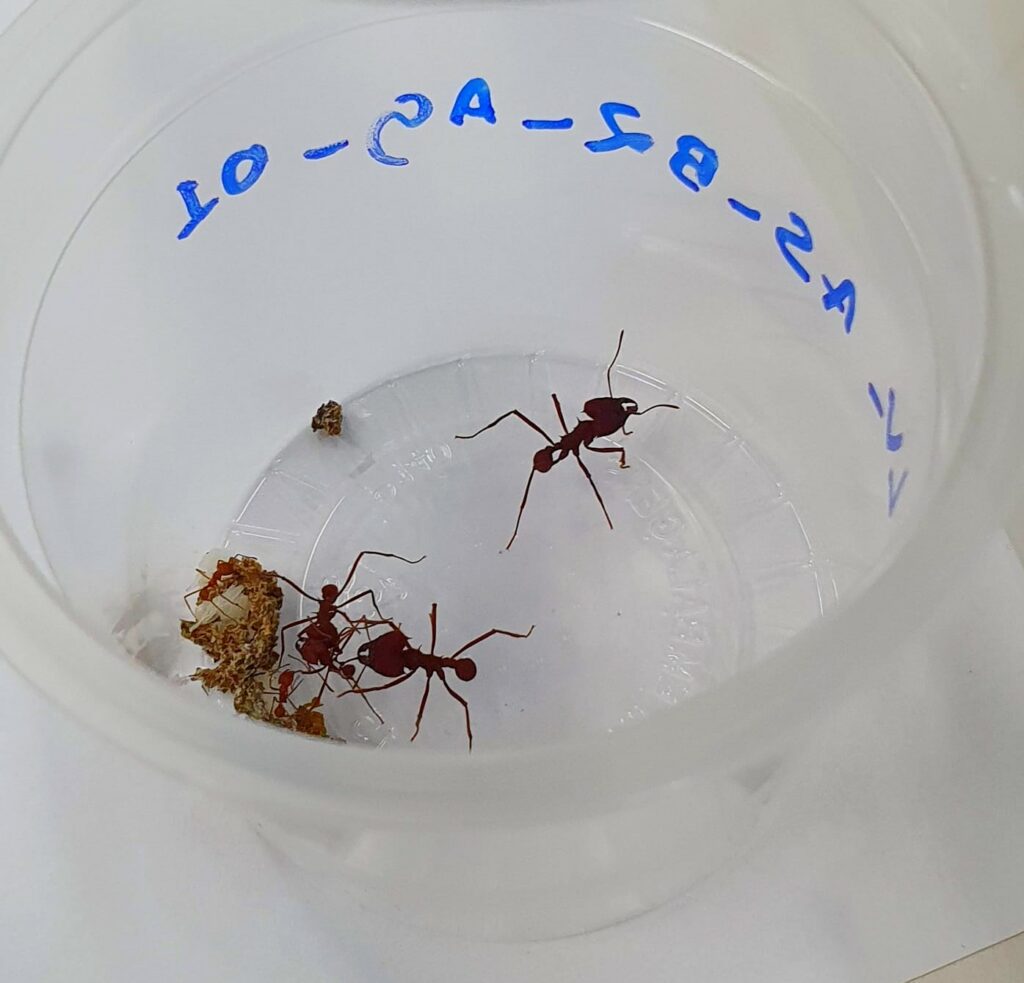
The opening of a fungus garden chamber. To simulate the environment inside the nest, we sampled pieces of fungus and brood items from fungus chambers.
Video file “Atta_aggression”: To measure the aggressive response of ants, we introduced an outsider ant in a test subcolony, which contained workers of different sizes together with pieces of fungus garden and brood. We found that minors were responsible for most physical attacks toward outsiders.
These experiments were performed in the Laboratório Walter Hugo Cunha, at the Department of Experimental Psychology of the University of São Paulo, Brazil. Although São Paulo city has the title of “Concrete jungle”, the very green campus of Butantã offered a relaxing view for a pause between the experiments.
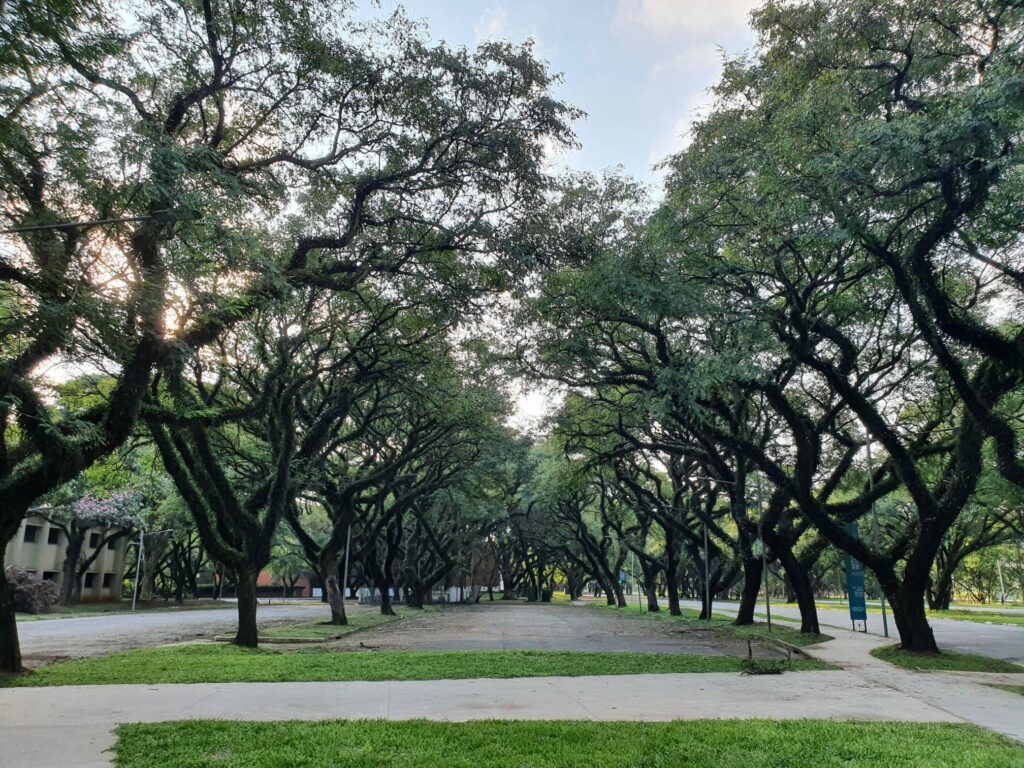
Farewell celebration with the team of the EP Department after finishing the experiments in São Paulo. It has been a wonderful experience being among those animal behaviour specialists for one month. We shared knowledge, experience, laugh, and of course a couple of beers! It was so fun hearing discussions about animal behaviour everywhere there! Thank you to the whole team!
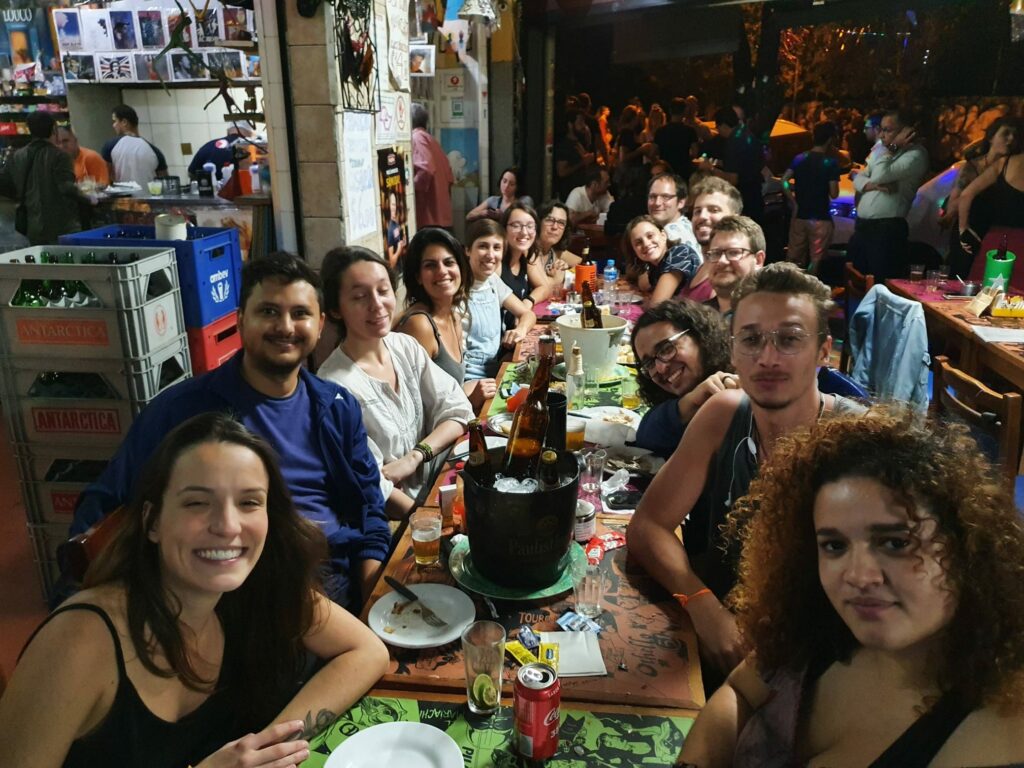


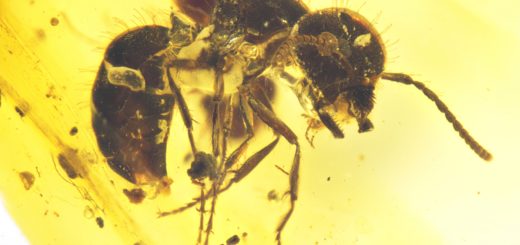

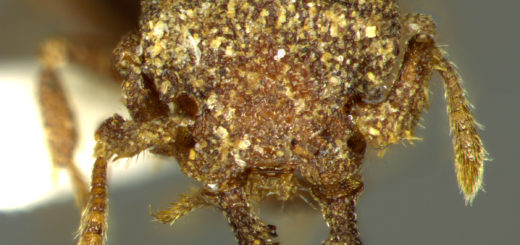
Recent Comments